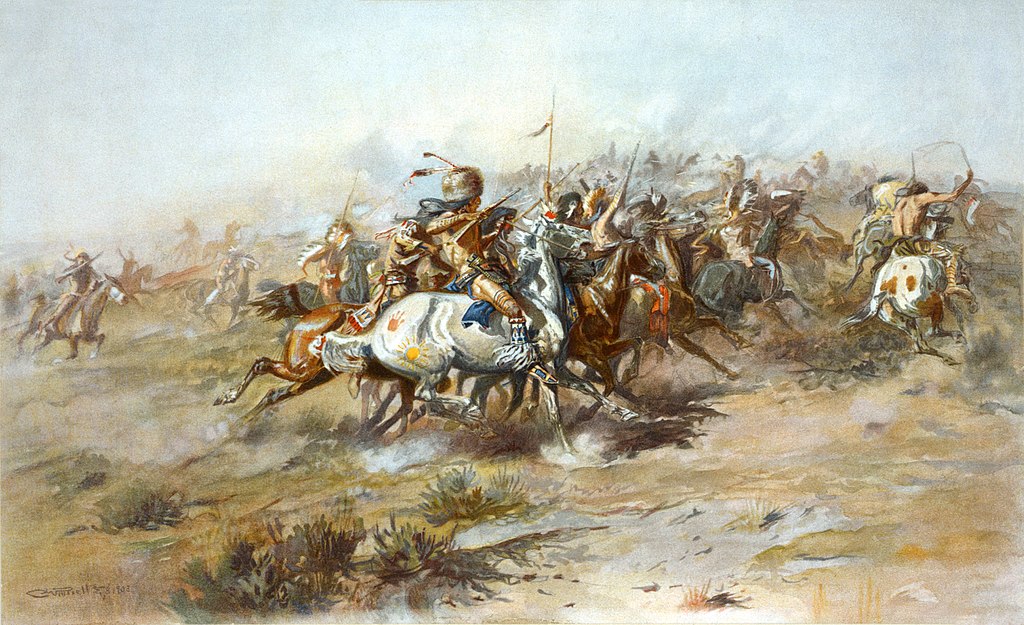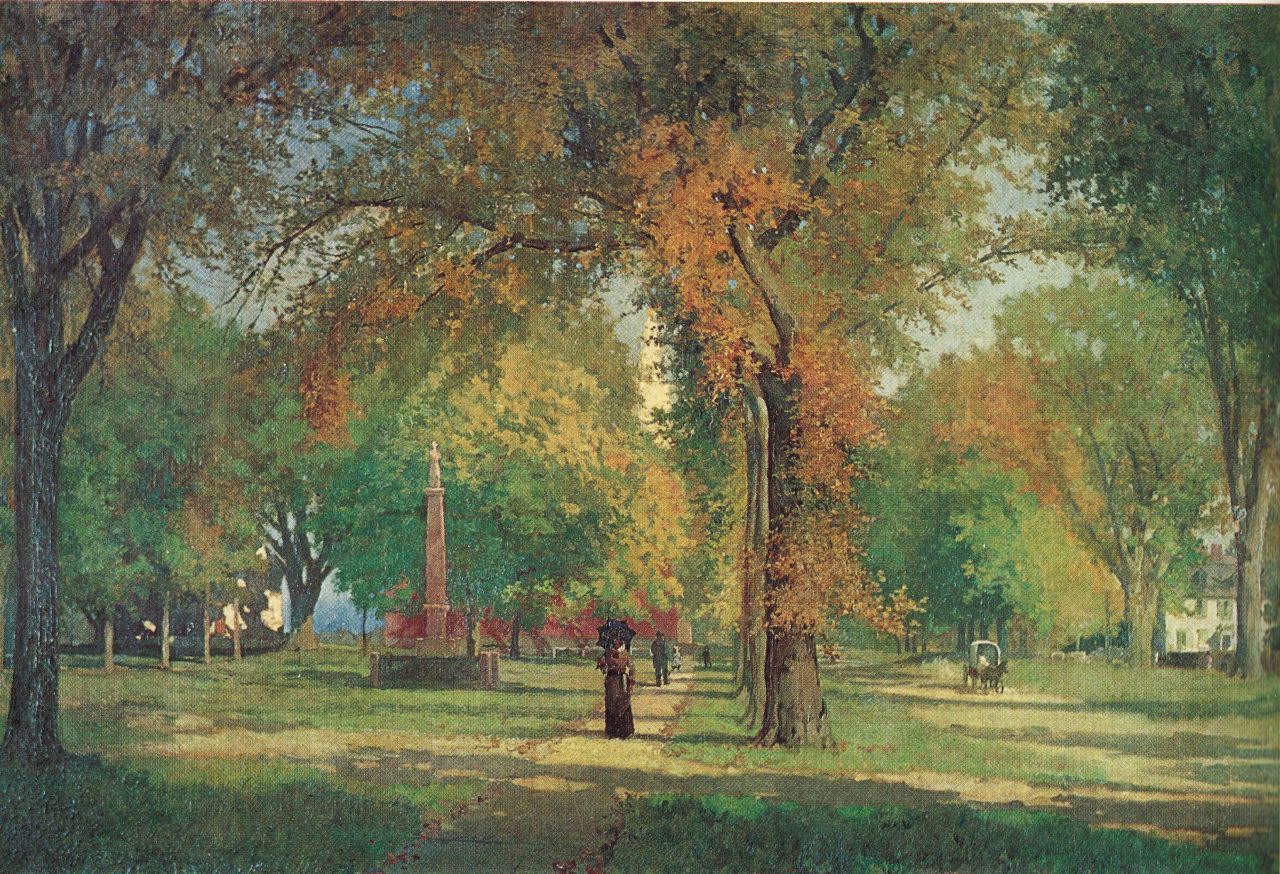The electric cars dusted along beside dirt roads, sped through the meadows, and brought you right into Main Street. Some were little pinch-waisted wooden affairs, like the Massachusetts car at left, and some were enormous, like the one below, a relic of an unfulfilled dream called the Chicago-New York Air Line. This is an account of how, in a few brief years of glory, the interurban laced America’s small towns together with a network of cheap steel rails and copper wire. The automobile, of course, brought all this to an end. Yet today the traffic is so bad that a new kind of interurban is coming back to life.


